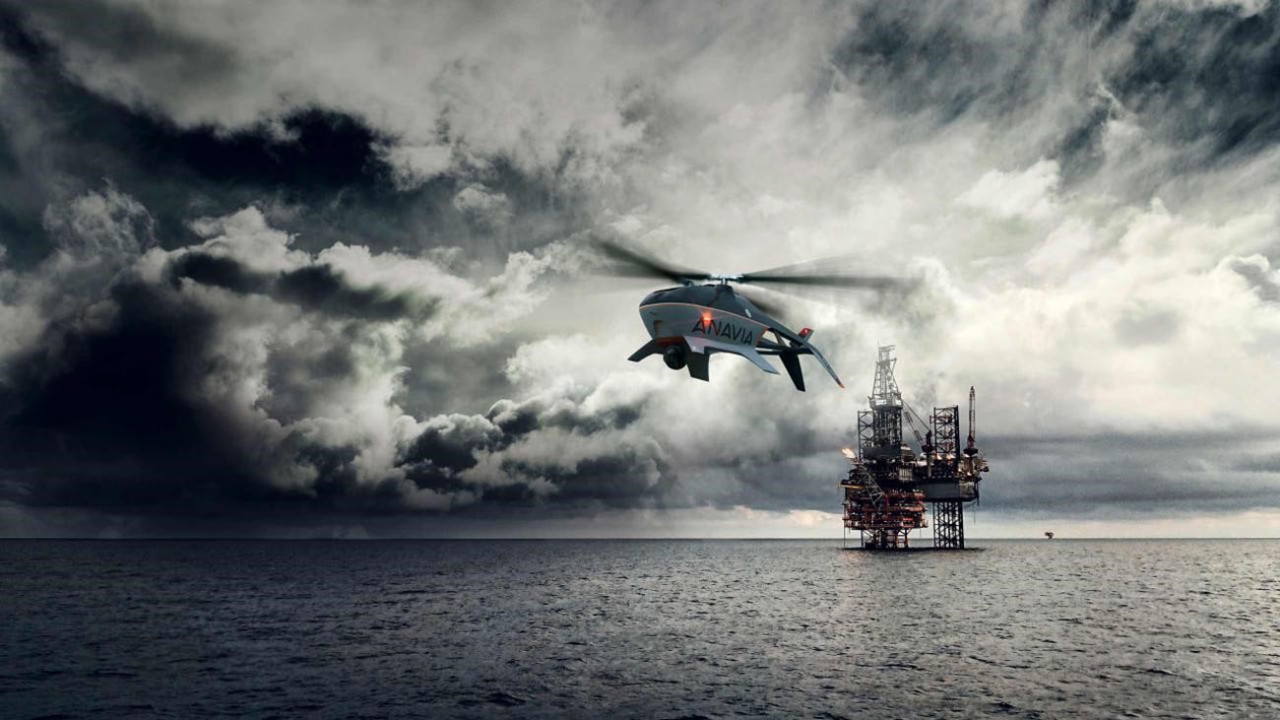Looking to the future of combat
Haitham Awinat, CEO of UAE defence conglomerate Remaya, explains the role of multi-domain operations in the future of combat .

Combat missions in the future will be multi-domain (Image EDGE)
In a time of rapid technological advancements and geopolitical challenges, the future of combat is in the capability of armed forces to navigate the complexities of multi-domain operations. They must be trained and equipped with integrated technologies and capabilities, that can cross all domains including land, sea, air, space, and cyber space. Modern weapons equipped with advanced data and software demand that forces stay updated to effectively counter emerging threats. The landscape of product testing and evaluation (T&E) is transforming and to cope with modernisation, adoption of new systems and platforms require upgrades to existing range infrastructure and development of new ones.
Traditional domains were previously defined as air, land, and sea although it still varies today. In 2016 at the NATO Summit in Warsaw, the Allied Heads of State and Government recognised cyber space as a domain of operations and in 2019, Foreign Ministers of NATO recognised space domain in Brussels because of its significance for deterrence and defence in the context of navigation, intelligence, and threat detection.
Multi-domain test & evaluation
T&E is a crucial phase for product development and acquisition. Security forces who will acquire and utilise weapons on the frontlines need to be confident that their equipment and systems are fully functional and operating as they should, and commanders need to know the level of protection and lethality of these systems and equipment. From air, land, sea, space, and cyber space, the maximum interoperability of products and systems across all domains is vital to enhance capability and increase survivability for the success of operations. Lessons from previous and on-going conflicts have underscored the necessity for armed forces to upgrade their systems and boost personnel training for heightened situational awareness and data-driven decision-making. Test ranges must be equipped to accommodate multi-domain training, as well as test and evaluation (TT&E) activities while existing ones have to be modernised.
Advantages of a multi-domain test range
To ensure that weapons, systems, and personnel are adaptable and ready, they must be tested and trained to stay ahead of adversaries. The following are advantages of a multi-domain test range:
Modernisation of facilities for test and evaluation (T&E) are critical for both commercial and defence sectors for interoperability testing to determine the interconnectedness of systems in combat situations. Personnel, systems, and weapons are expected to communicate, coordinate and complement each other to strengthen a force’s capabilities. With today’s advanced technologies, sensors need to connect to shooters, a secure network is vital to connect infrastructure, and cutting-edge applications are essential for data gathering and analysis. Enhanced synchronisation across all domains is crucial and defence forces are obligated to be knowledgeable and agile to function during multi-domain operations at speed and scale.
Multi-domain ranges are also beneficial for training and readiness. They provide real-world simulations of environments to better prepare forces for new technologies, tactics, and skills that they may encounter in the field. Personnel can benefit from training in synthetic environments to experience hyper-realistic sights, sounds, and smells in preparation for real-world combat situations. Together, all these improve combat readiness and effectiveness.
Capability assessment is another vital advantage of testing in a multi-domain T&E range. Strategies and systems in multi-faceted operational scenarios can be tested in a controlled environment to identify their capabilities and limitations. This process helps identify strengths and weaknesses, and studies data for forces to make informed decisions especially in the development and acquisition of new systems.
Lastly, utilising a multi-domain range can reduce risks by testing defence systems and products to help identify potential issues and vulnerabilities. This greatly contributes to risk management and enhances the competency of trained forces, significantly strengthening national security.
Case study
Multi-domain interoperability plays a crucial role to preserve peace and stability in managing geopolitical situations, such as a case in South East Asia, to avoid escalation into a wider conflict.
There is a highly contested territory in the Asian region and several countries are asserting territorial claims over various islands, reefs, and waters. The area is strategic for its rich natural resources, vital shipping lanes and military potential advantage. Tensions are high in the area, which is why one of the countries involved in the dispute strengthened its military capabilities by leveraging its partnership with an ally while managing relations with one of the powerful countries asserting its claim over the territory.
The two allies who are undergoing joint military operations have a long-standing partnership. For the purposes of deterrence and defence, they have been actively collaborating in multi-domain operations initiatives that involve joint military training and exercises, focusing on interoperability across all domains. These include utilising simulated environments in which forces train to enhance coordination, communication and operational effectiveness. The collaboration between the two also includes operations in maritime security and surveillance such as sharing of intelligence, joint patrols, utilisation of cutting-edge surveillance technologies, including radar systems, drones, and maritime patrol aircraft.
In the West, an alliance among nations has also adopted an approach to develop its multi-domain operational capabilities that will strengthen the group to consolidate its efforts to safeguard the freedom and security of its members’ population.
Conclusion
Future combat will no longer take place within a single domain but across land, air, sea, space, and cyber space. Those who do not adapt will face serious consequences of failing to modernise. Greater collaborative efforts among nations is necessary to facilitate knowledge transfer, upskilling, and sharing of experiences, as well as a multi-sectoral approach to fortify national security, face current challenges, and stay ahead of emerging threats.
Stay up to date
Subscribe to the free Times Aerospace newsletter and receive the latest content every week. We'll never share your email address.

